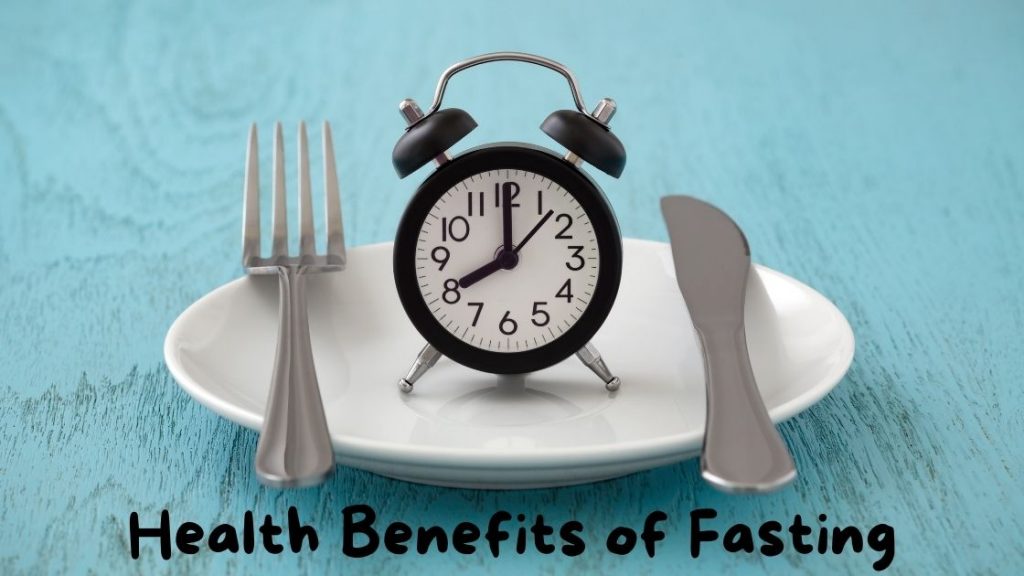Understanding the Stages of Weight Loss (and Where You Are Most Likely to Gain Weight if You Stop)
Embarking on a weight loss journey is like climbing a mountain with different terrains—some parts are steep and challenging, while others feel manageable. Every stage has its own challenges, wins, and lessons. Understanding these stages not only makes the journey easier but also helps you anticipate where things could go wrong if you decide to stop or let your guard down. Let’s explore each stage in detail, including where weight gain is most likely if you stop or revert to old habits.
Stage 1: Initial Weight Loss – The Quick Start
The first stage of weight loss is often the most exciting and motivating. This is when you start noticing changes on the scale, in your clothes, or simply in how you feel. In the beginning, your body responds quickly to reduced calorie intake and increased physical activity. As you cut back on calories and start exercising, your body taps into its glycogen stores for energy, which also leads to a loss of water weight.
During this phase, people often lose weight rapidly—sometimes as much as 1-3 pounds per week. This noticeable change can be attributed to a reduction in insulin levels, which allows your body to start using fat for energy. It also encourages the excretion of excess water. The body is also adapting metabolically to fewer calories by increasing fat oxidation, which enhances the use of stored fat as energy.
Why This Stage Feels Good:
The initial phase often feels great because the weight loss is noticeable. Positive reinforcement, like seeing numbers go down on the scale or feeling your clothes fit better, boosts motivation. The immediate results provide a psychological boost, making it easier to stick to new habits.
Potential Risks:
However, the rapid progress can be deceiving. This stage is highly sensitive to any changes in diet or physical activity. If you return to old eating habits or reduce your exercise, weight regain is likely due to the body still being metabolically “primed” to store fat. Also, water weight can come back just as quickly as it left if you consume excess carbs or sodium.
Stage 2: The Plateau Phase – Hitting a Wall
After the initial phase of rapid weight loss, you might hit a frustrating period where progress stalls. This is known as the weight loss plateau. Even though you’re still dieting and exercising, the scale may not budge, leading to feelings of discouragement.
What Causes the Plateau?
Plateaus occur due to several physiological and psychological reasons:
- Metabolic Adaptation: As you lose weight, your metabolism slows down to conserve energy. The body becomes more efficient at using fewer calories, making it harder to continue losing weight at the same pace.
- Hormonal Changes: Levels of ghrelin (the hunger hormone) may increase, and leptin (the hormone that tells you when you’re full) may decrease, making you feel hungrier and more prone to overeat.
- Behavioral Factors: Stress, lack of sleep, and emotional eating can disrupt progress. Over time, some individuals may unknowingly increase portion sizes or snack more frequently, further contributing to the stall.
Breaking Through the Plateau:
To overcome this phase, it’s important to adjust your strategy. Introduce more variety in your workouts—such as interval training or strength exercises—to rev up your metabolism. Reassess your diet and ensure you’re accurately tracking your food intake. Sometimes, simply reducing portion sizes or eliminating high-calorie “extras” can reignite progress.
Where Weight Gain is Likely:
This stage can be a danger zone for weight regain. Frustration from the plateau can lead to abandoning the diet or exercise routine altogether. It’s crucial to stay mentally strong, understand that plateaus are natural, and make necessary adjustments rather than quitting.
Stage 3: Developing Sustainable Habits – The Lifestyle Shift
Once you’ve pushed through the plateau, the next phase is about creating a lifestyle that supports long-term weight management. This is where many people start to realize that the journey is more of a marathon than a sprint. Instead of just focusing on weight loss, the goal is to establish sustainable habits that you can maintain indefinitely.
Building a Balanced Diet:
Adopting a balanced diet becomes essential at this stage. Dietary patterns like the Mediterranean diet or the DASH diet are highly recommended because they focus on whole foods, lean proteins, healthy fats, and plenty of fruits and vegetables. These diets are not only sustainable but also beneficial for overall health—reducing the risk of chronic diseases like heart disease, diabetes, and hypertension.
Embracing Regular Physical Activity:
Physical activity remains a cornerstone of this phase. However, it’s not just about burning calories; it’s about finding activities you enjoy and can stick to. Whether it’s jogging, dancing, swimming, or yoga, the key is consistency. Incorporating daily movement—like taking the stairs, walking during breaks, or even standing up while working—keeps your metabolism active and your energy balance in check.
Potential Setbacks:
At this stage, you might feel tempted to relax your new habits. Celebrations, vacations, or a hectic schedule can lead to skipping workouts or indulging in unhealthy foods. It’s crucial to have a plan for such events and to remember that moderation is key. Rather than restricting yourself completely, focus on portion control and balance.
Stage 4: Maintaining Weight Loss – The Long Haul
Achieving your weight loss goal is a huge accomplishment, but maintaining that loss requires continued effort and commitment. Many people struggle with this stage because they mistakenly believe they can now “relax” their habits.
Common Challenges in Maintaining Weight Loss:
- Social Influences: Parties, family gatherings, and social events often revolve around food. It can be easy to overindulge or revert to old habits in these settings.
- Environmental Cues: Fast food options, sedentary work environments, and even stressors at home can trigger unhealthy behaviors.
- Life Stressors: Stress, whether from work, relationships, or other sources, can lead to emotional eating or reduced motivation for exercise.
Strategies for Success:
To maintain weight loss, it’s important to recognize that this stage is just as dynamic as the earlier ones. Engage in regular self-monitoring—like weighing yourself weekly or tracking your food intake. Staying connected with supportive friends, family, or online communities can provide motivation and accountability. Remember to celebrate non-scale victories, like improved mood, increased energy, or fitness achievements, to maintain motivation.
Where Weight Gain is Most Likely:
This is the stage where weight regain is most likely if you stop. The body has adapted to a new set point, but it’s still primed to regain weight if old habits return. Weight gain can happen quickly if there’s a significant reduction in physical activity or an increase in calorie intake.
Tips for a Healthy Weight Loss Journey
Now that we’ve navigated through the different stages, here are some practical tips to keep in mind:
- Focus on Nutrition: Embrace whole foods like fruits, vegetables, lean proteins, and whole grains. Avoid processed foods and sugary snacks that can lead to energy crashes and overconsumption.
- Regular Physical Activity: Find activities you enjoy to make exercise a sustainable part of your lifestyle. Consistent physical activity improves metabolism and supports long-term weight management.
- Mindful Eating: Pay attention to hunger and fullness cues. Eating slowly and savoring each bite can prevent overeating and help maintain a healthy relationship with food.
- Prioritize Sleep and Manage Stress: Both sleep and stress play significant roles in weight management. Aim for 7-9 hours of quality sleep each night and incorporate stress-reducing practices like mindfulness, meditation, or deep breathing.
- Set Realistic Goals: Celebrate small victories, whether it’s fitting into your favorite jeans or achieving a new fitness milestone. Realistic goals keep motivation high and make the journey feel manageable.
Conclusion: The Dynamic Journey of Weight Loss
Understanding the stages of weight loss and where you’re most likely to gain weight can empower you to make informed decisions. Remember, it’s a dynamic journey filled with ups and downs. Staying consistent, adapting to challenges, and focusing on long-term health will guide you towards sustainable success. And remember, weight loss isn’t just about numbers on a scale; it’s about building a healthier, more vibrant life. So, keep climbing, and enjoy the view along the way!



